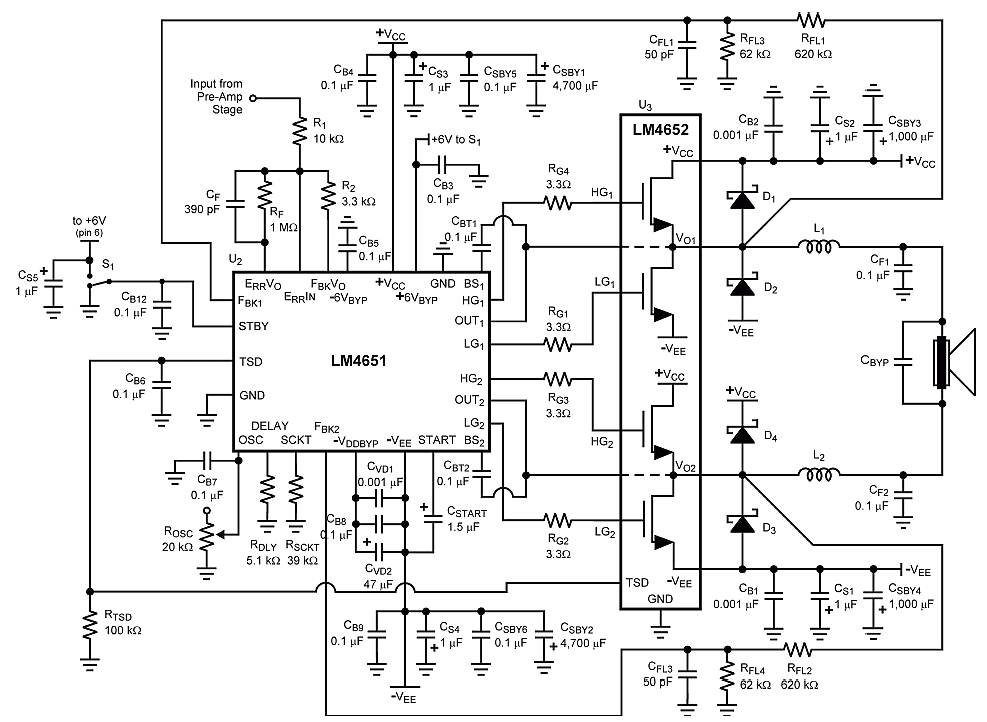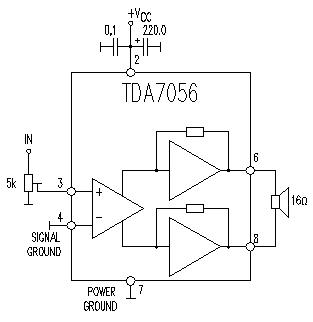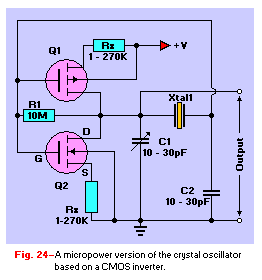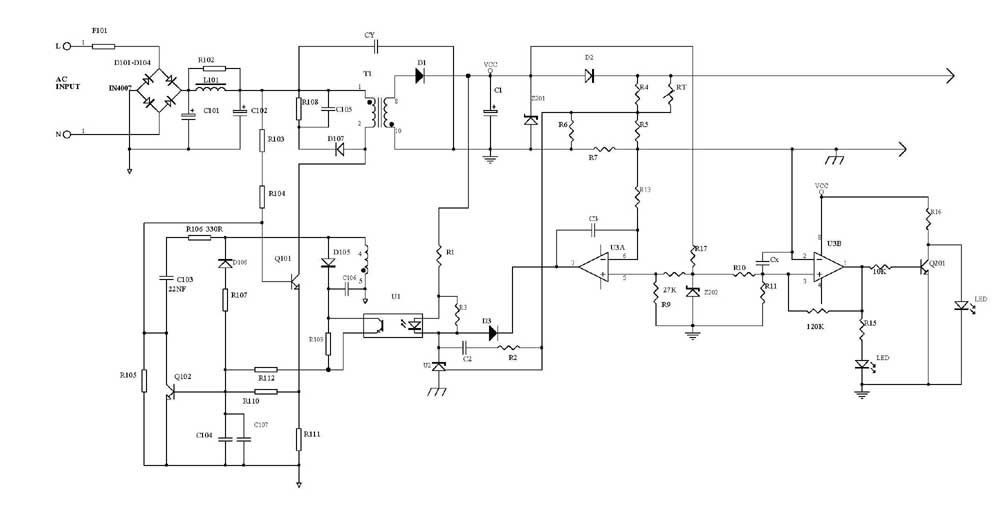
Basic transistor amplifier circuits
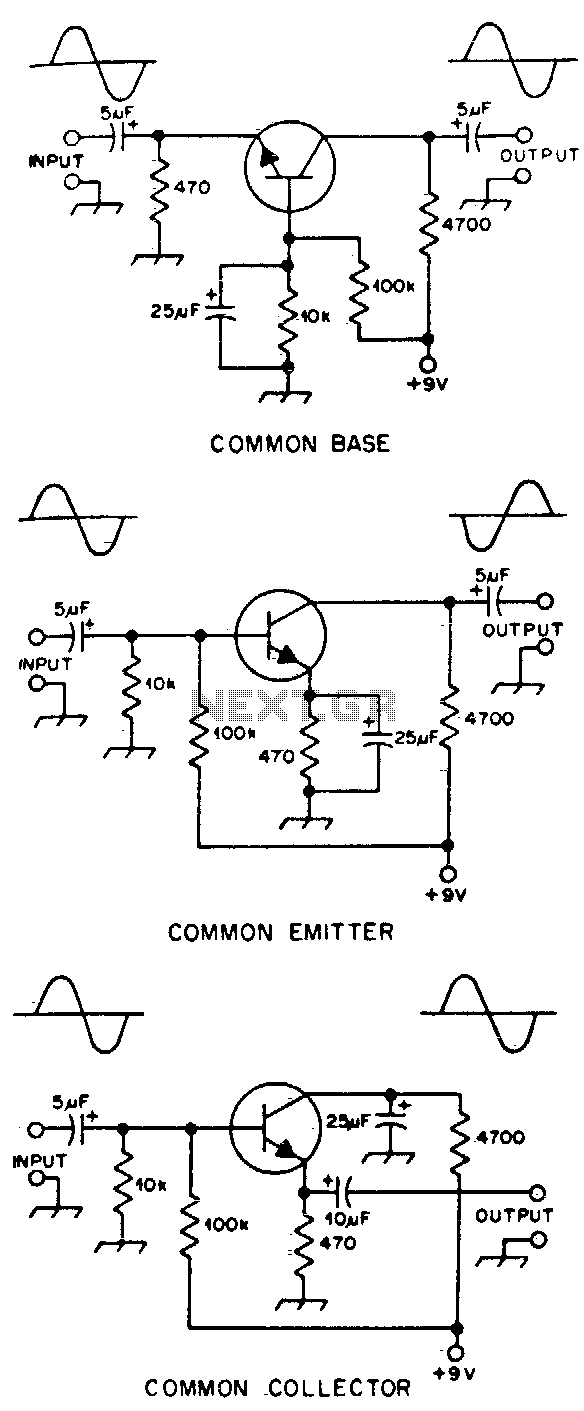
Typical component values are provided for use at audio frequencies, where these circuits are most commonly utilized. The input and output phase relationships are illustrated.
The circuit design focuses on audio frequency applications, emphasizing the selection of component values that optimize performance within this range. Typical components may include resistors, capacitors, and inductors, which are chosen based on their ability to maintain signal integrity and minimize distortion.
In audio circuits, the phase relationship between input and output signals is critical. This relationship can affect the overall sound quality and is often represented graphically. For example, in a simple audio amplifier circuit, the input signal may be a sine wave, while the output signal may experience a phase shift due to the reactive components in the circuit.
Component values are typically determined based on standard audio frequency ranges, which span from approximately 20 Hz to 20 kHz. Resistors may be selected to set gain levels, while capacitors and inductors are often used in filters to shape the frequency response. For instance, a low-pass filter may utilize a capacitor in series with the output to block high-frequency noise, ensuring that only the desired audio frequencies are amplified.
Furthermore, the schematic may include additional elements such as operational amplifiers, which can enhance signal processing capabilities. It is essential to analyze the input and output stages of the circuit to ensure that the phase relationships do not introduce unwanted artifacts, such as feedback loops or oscillations.
Overall, careful consideration of component selection and circuit design is vital in achieving optimal performance in audio frequency applications, ensuring that the circuit operates effectively within the specified frequency range while maintaining a clear and accurate representation of the audio signal.Typical component values are given for use at audio frequencies, where these circuits are used most often The input and output phase relationships are shown.
The circuit design focuses on audio frequency applications, emphasizing the selection of component values that optimize performance within this range. Typical components may include resistors, capacitors, and inductors, which are chosen based on their ability to maintain signal integrity and minimize distortion.
In audio circuits, the phase relationship between input and output signals is critical. This relationship can affect the overall sound quality and is often represented graphically. For example, in a simple audio amplifier circuit, the input signal may be a sine wave, while the output signal may experience a phase shift due to the reactive components in the circuit.
Component values are typically determined based on standard audio frequency ranges, which span from approximately 20 Hz to 20 kHz. Resistors may be selected to set gain levels, while capacitors and inductors are often used in filters to shape the frequency response. For instance, a low-pass filter may utilize a capacitor in series with the output to block high-frequency noise, ensuring that only the desired audio frequencies are amplified.
Furthermore, the schematic may include additional elements such as operational amplifiers, which can enhance signal processing capabilities. It is essential to analyze the input and output stages of the circuit to ensure that the phase relationships do not introduce unwanted artifacts, such as feedback loops or oscillations.
Overall, careful consideration of component selection and circuit design is vital in achieving optimal performance in audio frequency applications, ensuring that the circuit operates effectively within the specified frequency range while maintaining a clear and accurate representation of the audio signal.Typical component values are given for use at audio frequencies, where these circuits are used most often The input and output phase relationships are shown.

